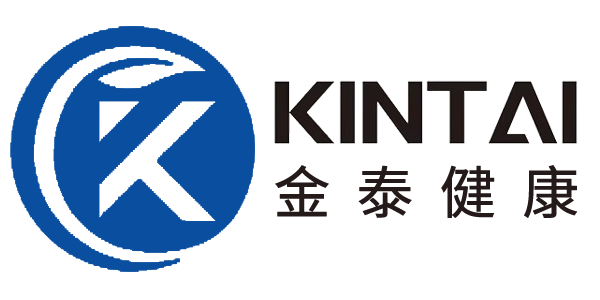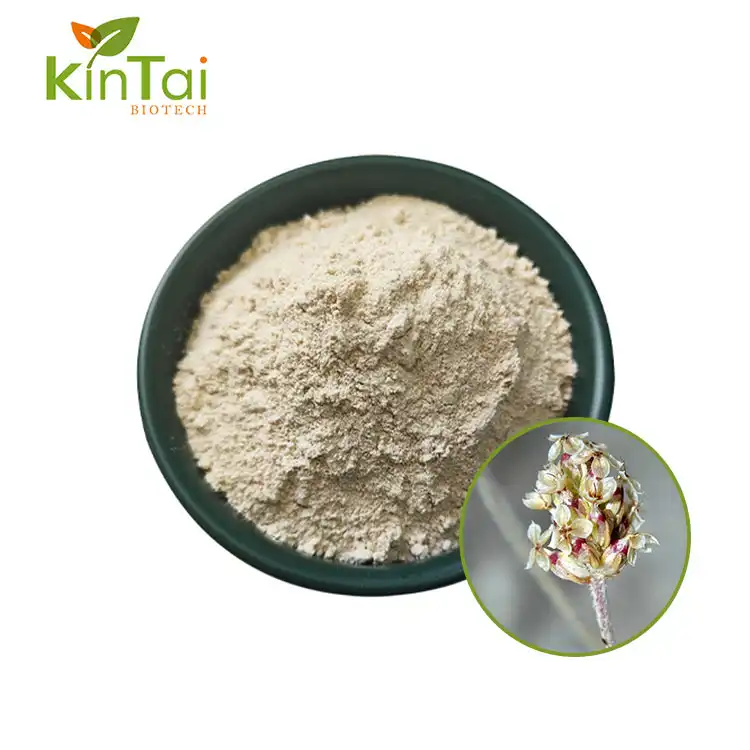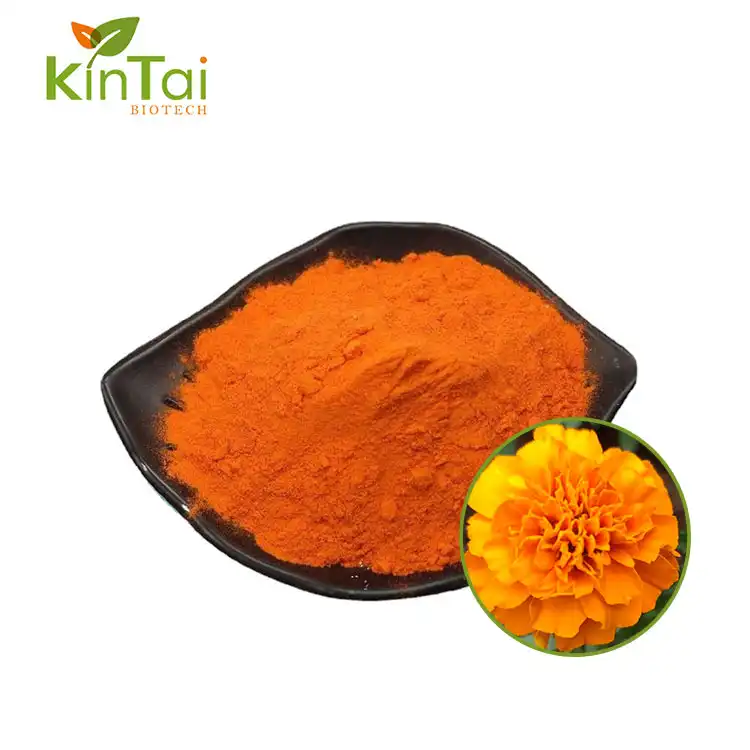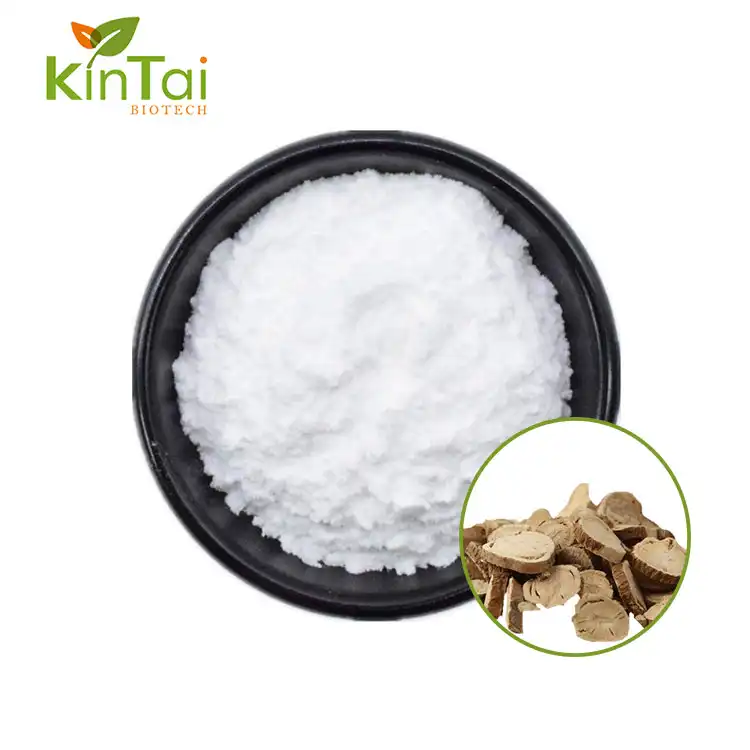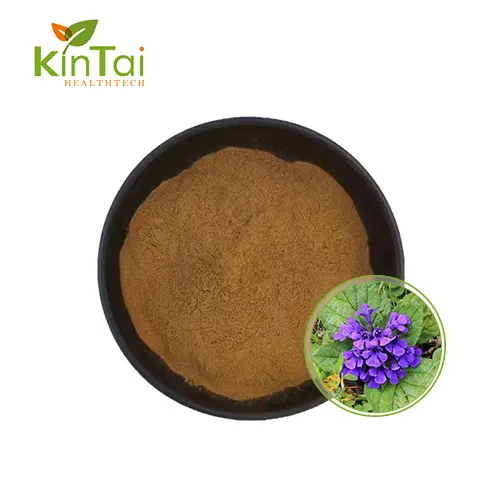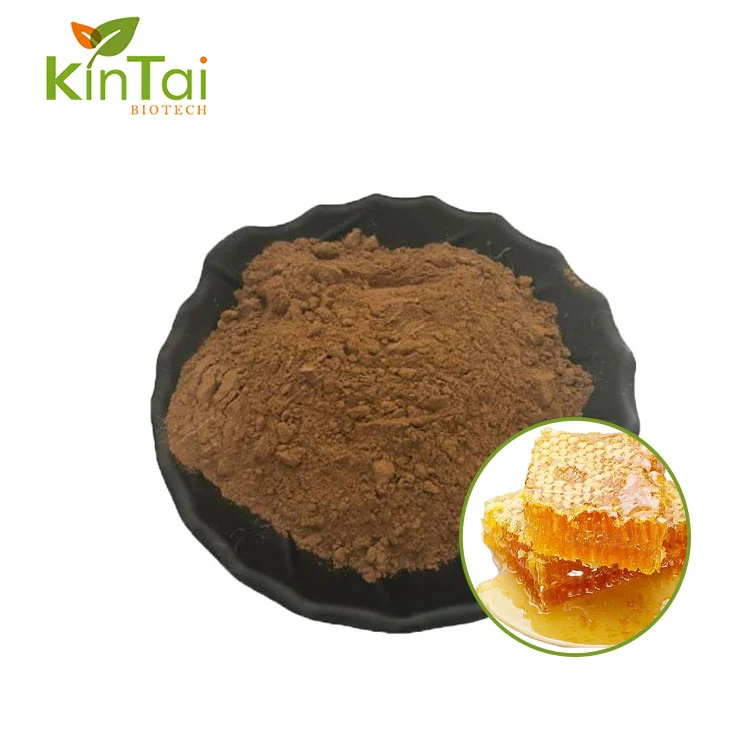Is turkesterone a steroid?
2024-04-09 17:52:45
Is Turkesterone a Steroid?
Ajuga Turkestanica Extract Turkesterone, a compound found in the Ajuga Turkestanica plant, has gained significant attention in the fitness and bodybuilding community. However, there is uncertainty surrounding its classification. Is turkesterone a steroid or a natural plant extract? Let's delve into the science behind this compound to find out.
The Chemical Structure of Turkesterone
Turkesterone, a natural ecdysteroid, shares structural similarities with steroids found in insects. Ecdysteroids, including turkesterone ajuga turkestanica, are essential hormones in the molting process of insects, facilitating growth and development. Despite its resemblance to anabolic steroids, turkesterone's origin and function are distinct:
Chemical Composition and Structure: Turkesterone is a type of ecdysteroid characterized by a steroidal backbone with a core structure comprising four fused rings. This fundamental arrangement is akin to the structure of cholesterol, a precursor molecule for steroid synthesis. Turkesterone belongs specifically to the class of 20-hydroxyecdysteroids, distinguished by a hydroxyl group at the C-20 position.
Analogous Features with Anabolic Steroids: The molecular structure of turkesterone exhibits resemblances to anabolic steroids, particularly in terms of the shared steroidal backbone and fused ring systems. These common features have sparked interest in exploring turkesterone's potential effects on physiological processes in vertebrates, including humans. It is crucial to note that while there are structural parallels, the functional groups and modifications present on the steroidal backbone differentiate turkesterone from typical anabolic steroids.
Role of Phytoecdysteroids in Plants: Turkesterone is among the phytoecdysteroids found in select plant species. These compounds are believed to participate in plant defense mechanisms and growth regulation. The identification of ecdysteroids in plants has piqued researchers' curiosity regarding their potential applications in human health and performance.
Distinct Biological Functions: Turkesterone primarily serves as a regulator of insect molting and development. Ecdysteroids function as critical hormonal signals during various stages of insect growth, aiding in the shedding of old exoskeletons and promoting the synthesis of new ones. In contrast to anabolic steroids, which are synonymous with muscle growth and performance enhancement, turkesterone's primary biological role revolves around insect development.
Turkesterone's Effects on the Human Body
Anabolic Effects on Muscle Tissue: Studies have indicated that turkesterone possesses potential anabolic properties that can benefit muscle tissue. It is suggested that turkesterone may stimulate protein synthesis, a crucial process for muscle growth and repair. By enhancing protein synthesis, turkesterone could support the development of lean muscle mass and aid in recovery following intense physical activity.
Promotion of Protein Synthesis: Turkesterone's capacity to advance protein union is specifically noteworthy in the domain of sports and wellness. Protein blend is fundamental for building and fixing muscle strands, adding to muscle hypertrophy and strength gains. The potential of turkesterone to enhance this process could be advantageous for individuals seeking to optimize their muscle-building efforts.
Enhancement of Nitrogen Retention: Nitrogen maintenance is a critical figure keeping an anabolic climate inside the body. By expanding nitrogen maintenance, turkesterone may assist with supporting muscle development and forestall muscle breakdown. Satisfactory nitrogen balance is essential for boosting muscle protein union and by and large muscle wellbeing.
Increase in Overall Muscle Mass: The joined impacts of advancing protein amalgamation and upgrading nitrogen maintenance might add to an expansion in overall muscle mass. Turkesterone's capability to help muscle development without the androgenic side effects related with synthetic steroids makes it an alluring choice for people hoping to enhance their physique naturally.
Absence of Androgenic Properties: In contrast to synthetic steroids, turkesterone doesn't have androgenic properties that lead to masculinizing impacts in all kinds of people. This differentiation is critical as it recommends that turkesterone may offer the advantages of muscle upgrade without the unwanted side effects usually connected with conventional anabolic steroids.
Turkesterone's Legality and Safety
Legal Status and Approval: Turkesterone is currently not classified as a controlled substance in most regions and is not explicitly banned by major sports organizations. Thus, it is for the most part thought to be lawful for use as a dietary enhancement. In any case, it's fundamental for people to stay informed about any administrative changes in their separate nations or inside sports administering bodies.
Safety Profile: Based on available information, turkesterone extract is generally regarded as safe for consumption when used as directed. Research and anecdotal evidence have not reported significant adverse effects associated with turkesterone supplementation. Nonetheless, it's crucial for consumers to prioritize product quality and adhere to recommended dosage guidelines.
Consultation with Healthcare Professionals: Before incorporating turkesterone or any new supplement into their regimen, individuals are strongly advised to consult with qualified healthcare professionals. This safety measure is especially significant for people with prior ailments, those taking meds, and ladies who are pregnant or nursing. Seeking professional guidance can help ensure the safe and appropriate use of turkesterone.
Quality and Purity of Products: When considering turkesterone supplementation, individuals should prioritize products from reputable manufacturers that adhere to stringent quality control measures. Selecting supplements from established brands and ensuring product authenticity can mitigate potential risks associated with impurities or inaccurate labeling.
Personal Responsibility and Informed Choices: Consumers bear the responsibility of making informed decisions regarding the use of turkesterone and other dietary supplements. Staying updated on scientific literature, monitoring regulatory developments, and seeking reliable information sources can empower individuals to make responsible choices regarding their health and fitness goals.
Conclusion
In summary, turkesterone is a natural ecdysteroid compound found in the Ajuga Turkestanica plant, distinct from typical anabolic steroids. While it shares structural similarities with steroids, its primary biological role revolves around insect development and growth regulation. Research suggests that turkesterone ajuga turkestanica may have anabolic effects on muscle tissue, including the potential to stimulate protein synthesis, enhance nitrogen retention, and contribute to overall muscle mass increase without androgenic properties. Importantly, turkesterone is generally regarded as safe for consumption and is not classified as a controlled substance in most regions. However, individuals are strongly advised to consult healthcare professionals before using turkesterone or any new supplement, prioritize product quality and purity, and stay informed about regulatory changes. At last, consumers bear the responsibility of pursuing informed choices in regards to the utilization of turkesterone and other dietary supplements to help their health and fitness goals.
Contact Us
Kintai Healthtech is a professional company specializing in Ajuga Turkestanica Extract Turkesterone products. For any queries or to investigate the benefits and possibilities of turkesterone further, kindly feel free to out to us by means of email at herb@kintaibio.com. Our group is prepared to help you with in-depth information and insights into the world of turkesterone.
